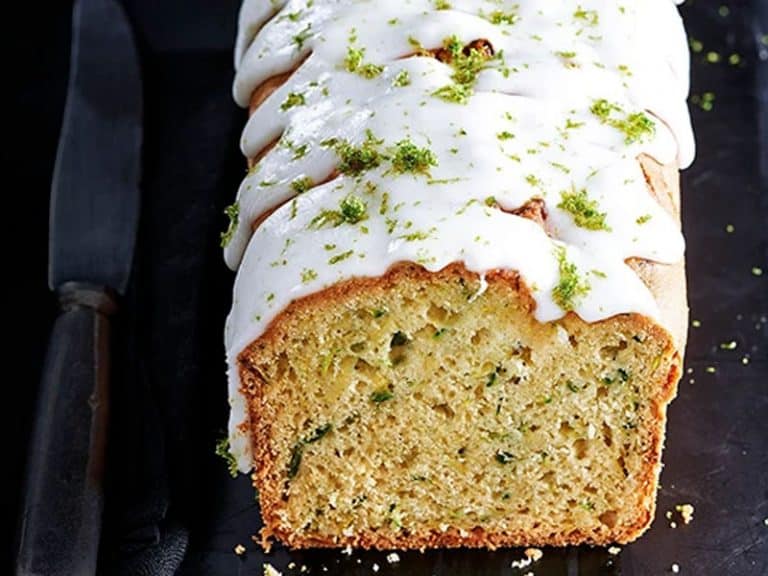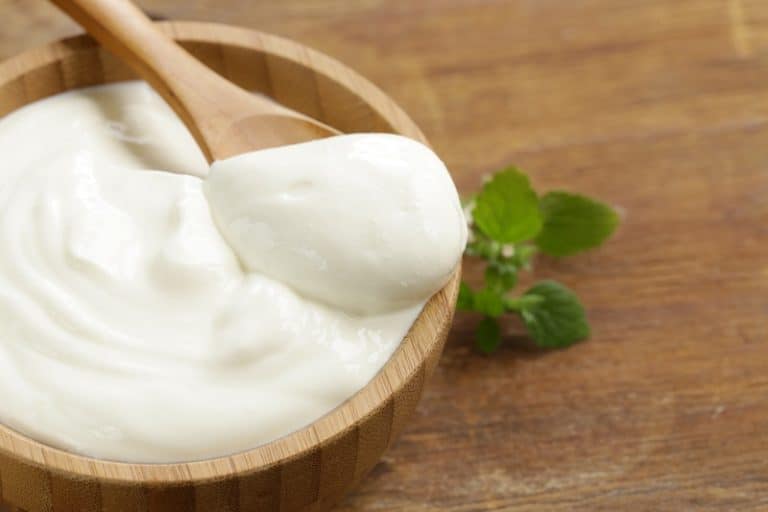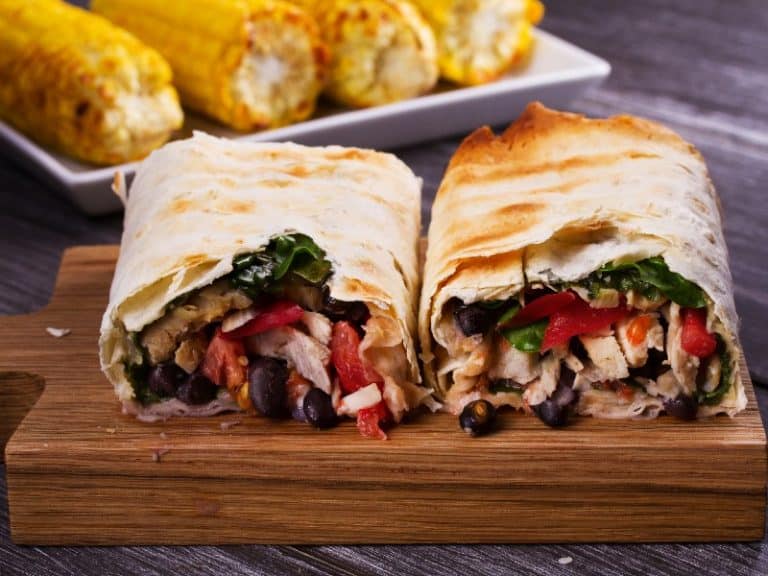Reheating Roast Beef The Right Way
Roast beef is certainly a treat that you are extremely unlikely to have every night, particularly for those who love beef. There’s nothing more sinful than to let that tasty roast beef go to waste. Roast beef is a great dinner, but it takes time.
Doing one on the weekend and having the unspoiled part for a few quick weekday lunches or a weeknight dinner is an obvious way to achieve the most benefit for the time and money you invested in the toast.
You can choose to reheat roast beef in gravy if you prefer it, or you can do it without gravy if that’s a healthier option for a meal you’ve got in mind. You’re also going to have to pick a process that won’t dry the beef.
Reheating in the Oven
This is good for a large piece of roast to reheat ‒ a pound or more in size. Place a wire rack on a baking sheet, place the roast on the rack, so air can circulate all around it, and warm the roast uncovered at 250 degrees Fahrenheit until it cooks to about 120F. Test the temperature with an instant-read thermometer. This could take up to an hour depending on how thick or big the roast is. Finish the roast by patting it dry and searing the already browned sides-but, not the cut ends-for a minute or two until they’re brown.
Reheating Sliced Beef in a Bag
Vacuum-sealed bags are also an effective way to reheat as they are airtight and do not leak. In the absence of one put your roast beef into a good-quality zipper-seal bag squeezing the excess air out.
For better sealing, double-bag the beef to prevent further leaks. Now fill a pot of water and place it on a low simmer. Put the bag inside it. You will have to periodically add hot water to maintain an even temperature of 180 degrees F approximately.
For a portion or two and or thinly sliced pieces a few minutes is sufficient. You must then lift the bag from the water and squeeze it with your fingertips to judge the heat. Thicker pieces take longer and should be tested with a thermometer. This is ideal for a medium-rare slab of prime rib since it seals in the moisture.
Rewarm in a Steamer
A steamer is also a great option to go for. Set it up as a pot on the stovetop or a standalone countertop unit. Wrap the slices tightly in foil. To prevent any contact with aluminum foil line with parchment first. Ideally, you can heat the thinner slices for 3 to 4 minutes and thicker ones for 6 or 7 minutes. Test the pouch temperature with either your fingers or an instant-read thermometer. Check and add a few more minutes if needed to ensure that your beef does not dry out.
Microwave
This method is sort of risky but also useful for reheating smaller quantities. Microwaves cook unevenly and can dry out your slices. Here too you must arrange your slices in a single layer and add a splash of water or broth for enabling steam. This helps the beef to heat more evenly.
You must then cover the dish with a lid or with plastic wrap, and microwave it for a minute. Let it rest for 2 minutes. Uncover to check the meat’s temperature, and repeat if necessary.
Leftovers and food quality
Without a few words about food safety, no talk of leftovers is complete. Any time you decide to prepare for more than one dinner, whisking what’s left on your table or stove in your refrigerator as soon as possible is a key step in the process.
Your roast beef can never be at room temperature for more than two hours before it gets to the refrigerator, but earlier is easier. You don’t want to give bacteria more time to grow than you have to. Packing in airtight bins or vacuum bags as soon as it’s cold will also help preserve the finest taste and consistency.
Check Also: Substitutes for Palm Shortening
How To Reheat Different Types of Roast Beef

The sort of roast you’re reheating also affects your choice of a heating system. If you start with a slice of delicately pink prime rib, then, hopefully, you’d like to end with it looking pretty much the same. If you’re dealing with a slice of pot roast that’s already falling apart, preserving its degree of doneness isn’t going to be your concern. Instead, you’re going to be more worried about the fork-tender meat being crispy or chewy.
If you leave the rest of your roast as a single strong slice, it would take a lot longer to reheat, so there is less chance of it drying out. If you’re dealing with cuts, they’re going to heat up quicker, but you’re going to have to be careful to get them overheated and dry. It’s also harder to sustain a certain degree of doneness with the slices, particularly if they’re thin. Keep those considerations in mind when selecting your heating system.
Here are some of how you can reheat different types of roast beef.
Reheating Rare Roast Beef
While it may be a little tricky to reheat roast beef, here’s everything you should do without compromising.
-
-
- Once you take the rare roast beef out of the freezer wrap it in foil.
- Place your wrapped roast beef foil in a metal bowl or a secure microwave or oven bowl.
- Cover the pot halfway with water and bring to a boil, then turn the heat off.
- Place the bowl inside the pot with the roast beef in. Ensure that it is tightly sealed to prevent the water from seeping in. Reduce water if needed.
- Cover the pot and leave for 5-10 minutes for refrigerated rare roast beef, or up to 20 minutes if frozen.
-
Reheating your Medium Rare Roast Beef
You should either use the same process for reheating rare roast beef or try a microwave or oven method to reheat your medium-rare roast beef.
Microwave method
The microwave method often dries the food so using a low heat level would be a good idea.
-
-
- Do not cover your roast beef in foil or else it will short circuit.
- Place your medium-rare roast beef with all the juices on a microwave oven or tub.
- Defrost if frozen for 10 minutes.
- Once it cools set the timer to 4 minutes.
- Always maintain the temperature or else the meat will be cooked more than the medium-rare you are aiming for.
-
Oven method
-
-
- Preheat the oven to 250 degrees Fahrenheit.
- Wrap the remaining roast beef in foil.
- Put covered roast beef foil on the baking tray. Place it in the oven. The oven should be off at this point.
- Since the oven has been pre-heated then you can leave the medium-rare roast beef in the oven for about 10 minutes if it is chilled and for up to 20 minutes if it is frozen.
-
Reheating your Medium Roast Beef
It is quite similar to reheating medium-rare. The difference is that here the inside is slightly more cooked, so you have a bit more leeway in terms of heat settings.
Microwave method
-
-
- Remove foil from roast beef.
- Place your medium roast beef with all the juices on a microwavable plate or bowl.
- If frozen, use the defrost settings, and set it to 5 minutes, then change settings too high and cook for two minutes.
- If chilled, set the temperature to high and set the timer to 2 minutes.
-
Oven method
-
-
- Preheat the oven to 350 F.
- Take out your rare roast beef from the freezer or the fridge. You do not need to wrap the medium roast beef.
- You can then reheat in the oven for about 3-5 minutes if chilled and 8 minutes if frozen.
-
Reheat your Medium Well Done Roast Beef
For this type of roast beef, you need to use a higher temperature in less time. The beef will not dry.
Microwave method
-
-
- Defrosting your roast beef first by storing it in the fridge and not the freezer the night before.
- Remove the foil from the roast beef.
- Place it with all the juices on a microwavable plate or bowl.
- Set the temperature to high and set the timer to 3 minutes.
-
Oven method
-
-
- Defrost the beef.
- Preheat the oven to 350 F.
- Wrap the beef carefully in foil.
- Reheat in the oven for about 3-5 minutes.
-
You May Also Like: Shrimp Paste Substitute
Conclusion!
These methods to reheat different kinds of beef are not only vouched for by chefs and homemakers alike, they also preserve the necessary juices and maintain the moisture in the beef. So you can safely carry these out and enjoy the remaining morsels of food without feeling guilty about wasting it.






